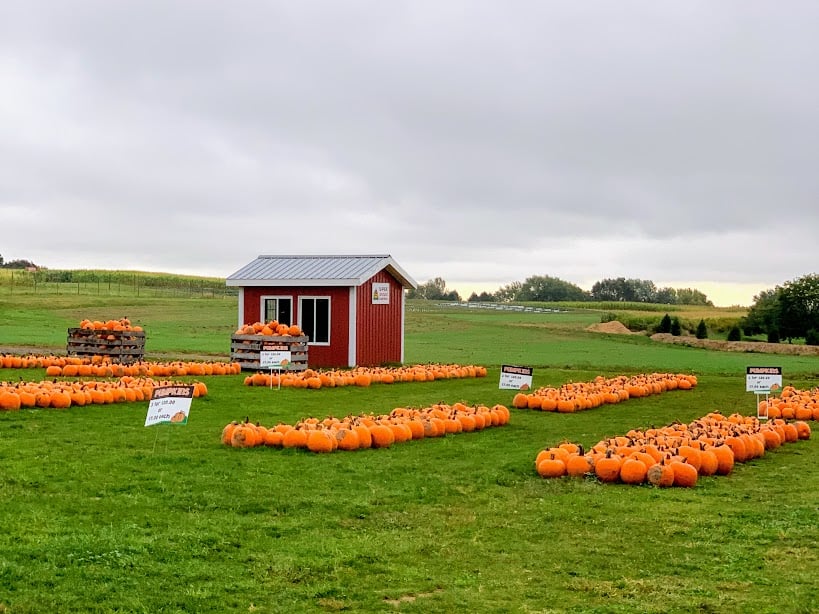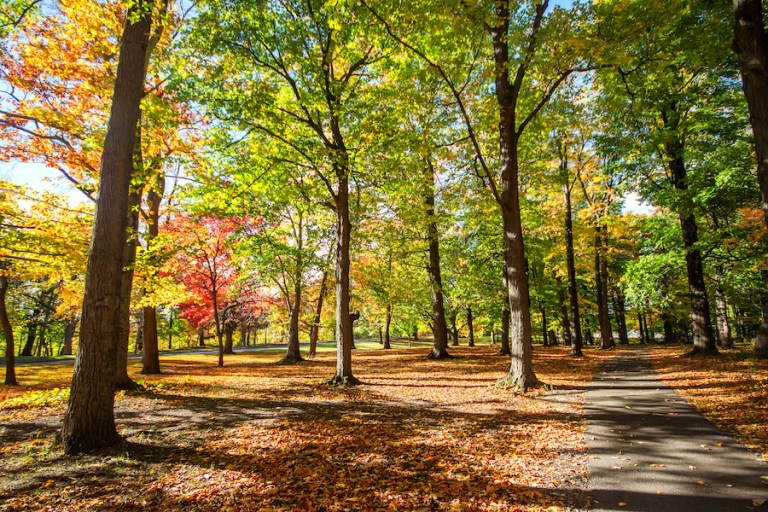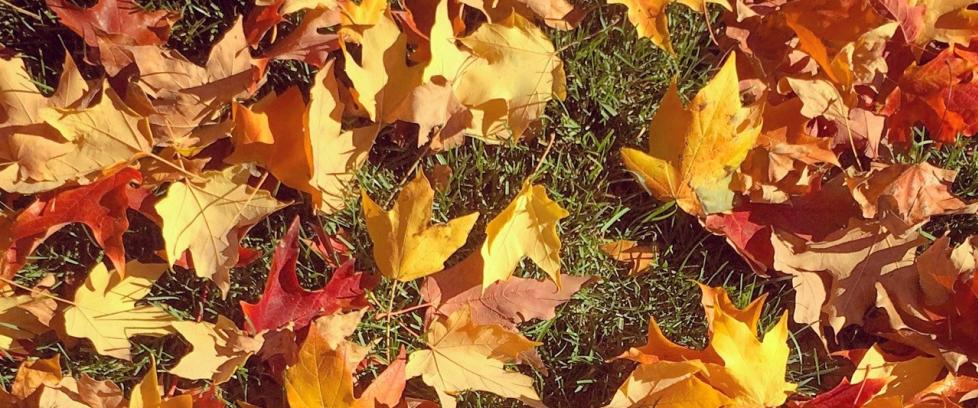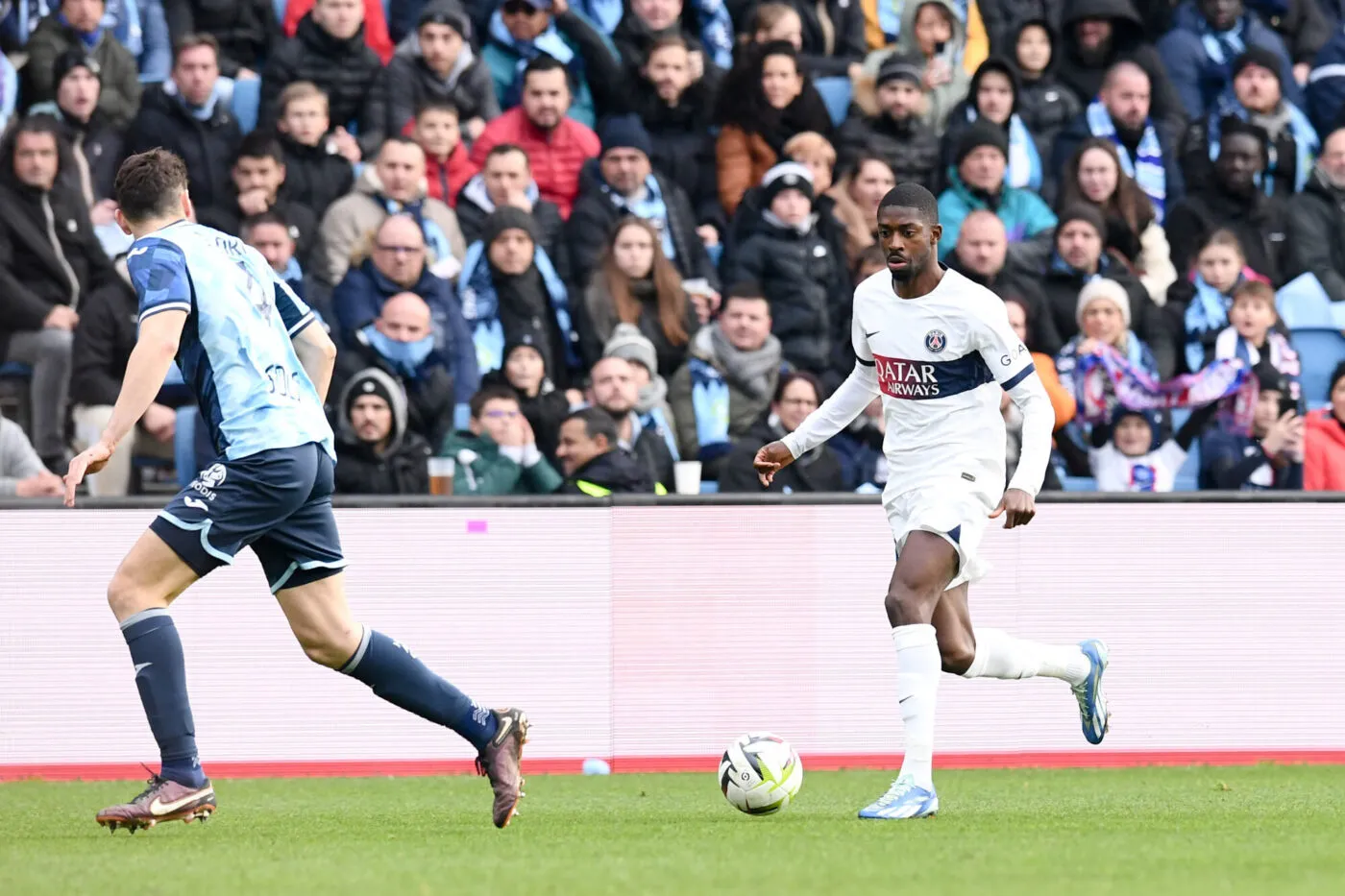As summer fades and autumn makes its grand entrance, the landscapes of Rochester, New York, undergo a spectacular transformation. The vibrant hues of red, orange, and gold paint the trees, providing residents and visitors alike with a breathtaking natural display. This article delves into the intricate relationship between fall foliage and weather patterns in Rochester, highlighting the factors that influence this seasonal spectacle and offering insights into when and where to experience the best of autumn’s colors.
The Science Behind Fall Foliage
Understanding why leaves change color in the fall requires a look into the science of photosynthesis, chlorophyll, and environmental factors. During the growing season, chlorophyll—the pigment responsible for the green color in leaves—dominates. However, as daylight hours shorten and temperatures drop in autumn, chlorophyll production slows and eventually ceases. This allows other pigments present in the leaves to become visible:
- Carotenoids: These pigments produce yellow and orange hues and are present in leaves all year but masked by chlorophyll.
- Anthocyanins: Responsible for red and purple leaves, these pigments are produced in response to certain environmental conditions, particularly sunlight and temperature.
Weather plays a crucial role in determining the intensity and duration of fall foliage. Factors such as temperature, sunlight, and moisture levels can significantly influence the color display.
Weather Patterns Affecting Fall Foliage in Rochester

Rochester experiences a humid continental climate, characterized by four distinct seasons. The transition from summer to fall is especially notable and can affect the vibrancy of the autumn leaves.
Temperature and Its Impact

Temperature fluctuations are key to a brilliant fall display. Ideal conditions for vibrant foliage include warm, sunny days and cool nights. When the days are warm and the nights are chilly, anthocyanin production increases, leading to more vibrant reds and purples.
In Rochester, average temperatures during the fall months are as follows:
- September: Highs around 73°F (23°C), lows around 53°F (12°C)
- October: Highs around 61°F (16°C), lows around 43°F (6°C)
- November: Highs around 49°F (9°C), lows around 33°F (1°C)
The drop in temperatures in October, in particular, helps catalyze the color change, making it a critical month for foliage viewing in Rochester.
Sunlight and Photosynthesis

The amount of sunlight that trees receive during the fall also influences foliage color. An abundance of sunlight can enhance anthocyanin production, leading to more vibrant colors. Conversely, overcast days can lead to a less intense display. Rochester typically sees a reduction in daylight as autumn progresses, but sunny days in September and early October can contribute to a stunning color palette.
Moisture Levels
Moisture is another crucial factor in the fall foliage equation. Adequate rainfall during the growing season, followed by drier conditions in the fall, can enhance the quality of the colors. Excessive rainfall, particularly close to the peak foliage season, can lead to duller colors as it may cause trees to lose leaves prematurely.
When to Experience Peak Foliage in Rochester

Identifying the best time to witness fall foliage in Rochester is essential for those eager to experience nature’s vibrant canvas. Generally, the peak foliage season occurs from mid-October to late October. However, this can vary year to year based on weather conditions. Historical data indicates the following trends:
- Mid-October: Typically, the foliage begins to peak around the second week of October, especially in the more elevated areas surrounding Rochester.
- Late October: By the end of October, the stunning colors may start to fade, making way for the starkness of winter.
To maximize the foliage experience, local residents and visitors are encouraged to check foliage reports, which provide updates on color changes and peak viewing times. Resources such as the New York State Department of Environmental Conservation offer timely insights into the best viewing opportunities.
Best Locations for Fall Foliage in Rochester
Rochester and its surrounding areas offer numerous locations for appreciating fall foliage. Here are some top spots to consider:
- Highland Park: Known for its diverse plant collections, Highland Park showcases a stunning array of colors during fall. The park’s rolling hills and winding paths provide ample opportunities for leaf-peeping.
- Genesee Valley Park: This park offers scenic views along the Genesee River and features diverse landscapes, making it a great spot for a leisurely walk while enjoying the fall colors.
- Durand Eastman Park: Located on the shores of Lake Ontario, this park boasts a mix of deciduous and coniferous trees, providing contrast in color and texture.
- Chimney Bluffs State Park: A bit further afield, this state park features dramatic cliffs and stunning views of Lake Ontario, complemented by vibrant foliage during the fall.
The fall foliage in Rochester, NY, is a captivating phenomenon that draws nature lovers and photographers alike to witness the breathtaking transformation of the landscape. The interplay between temperature, sunlight, and moisture creates optimal conditions for vibrant colors, making the region a prime destination for autumn enthusiasts.
As the days grow shorter and the air turns crisp, Rochester’s parks and natural areas become canvases of color. By understanding the weather patterns that influence this seasonal display, residents and visitors can better appreciate and time their foliage-viewing adventures. Whether you’re strolling through Highland Park or exploring the bluffs along Lake Ontario, Rochester’s fall foliage promises to leave a lasting impression, marking the beauty of nature’s cycles.









